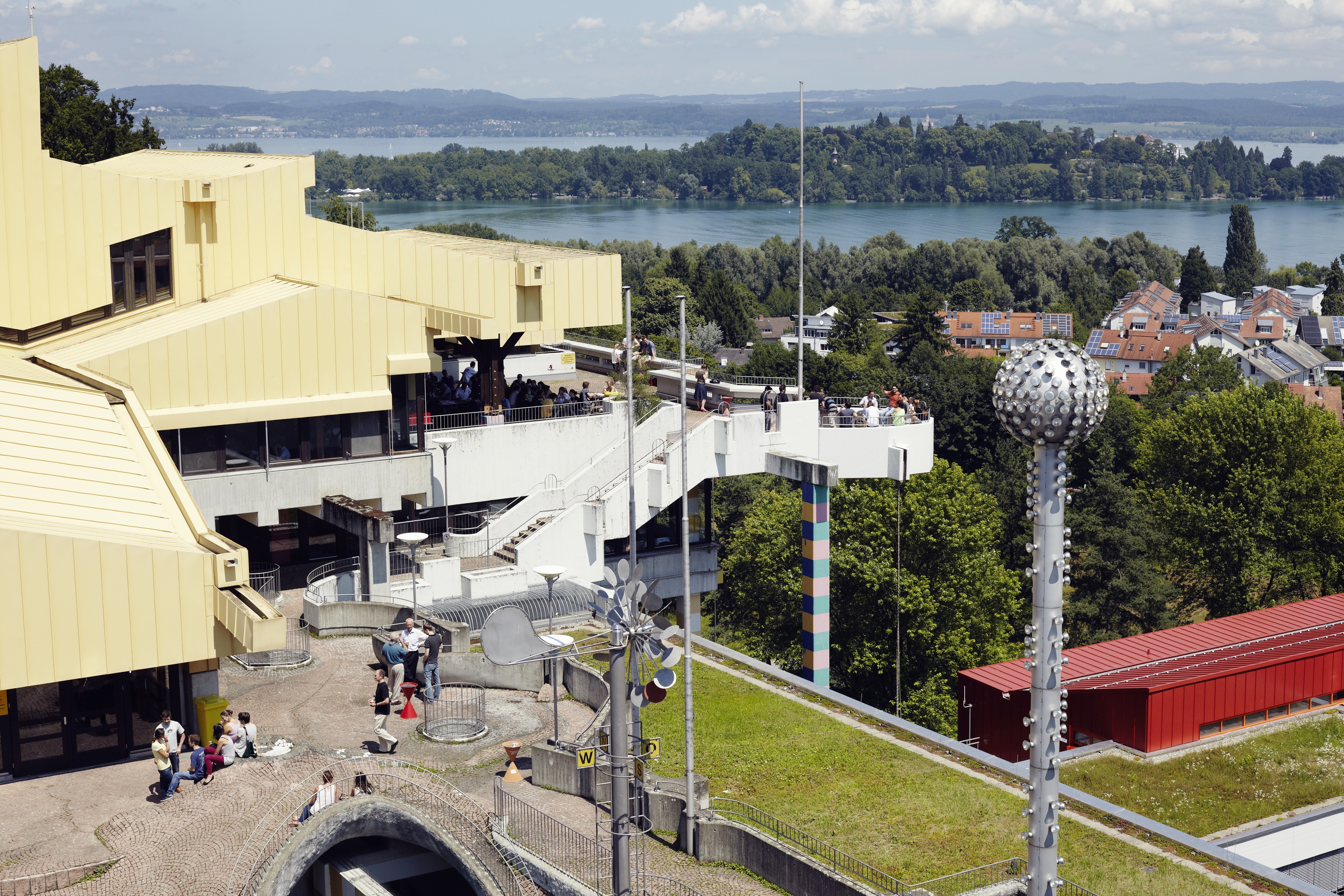
Two collaborative research centres at the University of Konstanz approved
On 19 May 2023, the German Research Foundation (DFG) approved two new Collaborative Research Centres/Transregio (SFB-TRR) with substantial participation of Konstanz researchers: SFB-TRR 353 "Regulation of cell death decisions" and SFB-TRR 161 "Quantitative Methods for Visual Computing", which has now received its second extension.
The University of Konstanz is now involved in two of the recently (19 May 2023) DFG-approved Collaborative Research Centres/Transregio, which fund innovative and challenging projects in network research. Newly approved SFB-TRR 353 is dedicated to the study of biological processes that regulate the phenomenon of "cell death" at the molecular level. SFB-TRR 161, which has now been renewed for the second time, is intensifying its research on visual computing, which is the computer-aided processing and representation of image information.
Understanding regulated cell death better
Regulated cell death is just as important as cell division and growth for the natural development and survival of multicellular organisms – for eliminating any unwanted or dangerous cells, for example. Impaired cell death regulation can be the cause of various diseases, including autoimmune diseases, neurodegenerative diseases and cancer.
The key research objective of the new SFB-TRR 353 "Regulation of Cell Death Decisions" is to better understand the molecular mechanisms underlying the phenomenon of "regulated cell death". For example, when and how is the decision made in the cell to initiate one of several possible cell death programmes? Despite intensive research, our understanding of these processes within complex organisms still has considerable gaps at present, that this new SFB-TRR now aims to fill. "A detailed understanding of how cell death is triggered and regulated is essential, for example, for developing new treatment approaches for the aforementioned diseases and others," explains Thomas Brunner, professor of biochemical pharmacology at the Department of Biology at the University of Konstanz and speaker for SFB-TRR 353.
The University of Konstanz provides the ideal environment for this work: It is home to one of Germany’s biggest research alliances in the field of toxicology and the related research on cell death. Researchers from different subdisciplines at the university’s Department of Biology are studying the fundamental cellular processes of ageing and death. Moreover, investigating the Molecular Principles of Life is one of the interdisciplinary research priorities of the University of Konstanz. In SFB-TRR 353, the expertise in Konstanz is now being augmented by experts and resources from other research institutions, in particular from the university hospitals and institutes of the Albert Ludwig University of Freiburg and the Technical University of Munich.
Adapting the visualization of data to human needs
SFB-TRR 161 "Quantitative Methods for Visual Computing", which has now been renewed for the second time, is researching how to facilitate the handling of continuously growing volumes of data. The researchers are investigating, among other things, the quality and applicability of computer-aided methods of visualizing data to adapt it to people’s needs. The network research project is led by the University of Stuttgart and the University of Konstanz, and also involves LMU Munich and Ulm University. At the University of Konstanz, SFB-TRR 161 strengthens the research priority Human | Data | Society, which aims to rethink processes of datafication and digitalization, consistently placing people at the centre of the research.
In the third funding period, SFB-TRR 161 will focus on improving the methods and approaches developed to date and integrating them into applications, such as for the visualization of measured data or simulations, for virtual maps or as analytical tools for the medical sector. In addition, new research questions are being added that build on the findings of the first funding periods and respond to ongoing developments in research. "Over the last four years, for example, immersion has had a major influence on our research. So, we decided to expand this field even further and make mixed reality applications a focus in the third funding period," says vice speaker Falk Schreiber, professor of life science informatics at the University of Konstanz. "We will also look more closely at the question of how well users understand the visually presented phenomena."
Since the third funding period will also be the last, the results, methods and data sets from a total of twelve years of funding will be made available to stakeholders from the scientific community, industry, the education sector and the general public in freely accessible applications. "With the objectives we have established for the third funding period, we are convinced we can make significant contributions to visual computing research and help shape our information society in the long term," says Daniel Weiskopf, Director of the Institute for Visualization and Interactive Systems (VIS) at the University of Stuttgart and speaker for the research network.
About the Collaborative Research Centres/Transregio
Collaborative Research Centres ("Sonderforschungsbereich", for short: SFB) are long-term university-based research institutions funded by the DFG, in which researchers work together on particularly innovative and challenging research projects within a multidisciplinary research programme. The maximum funding period of an SFB is twelve years. In the Transregio programme variation, two or three universities propose and carry out the SFB jointly in close cooperation. This also includes the shared use of resources.
